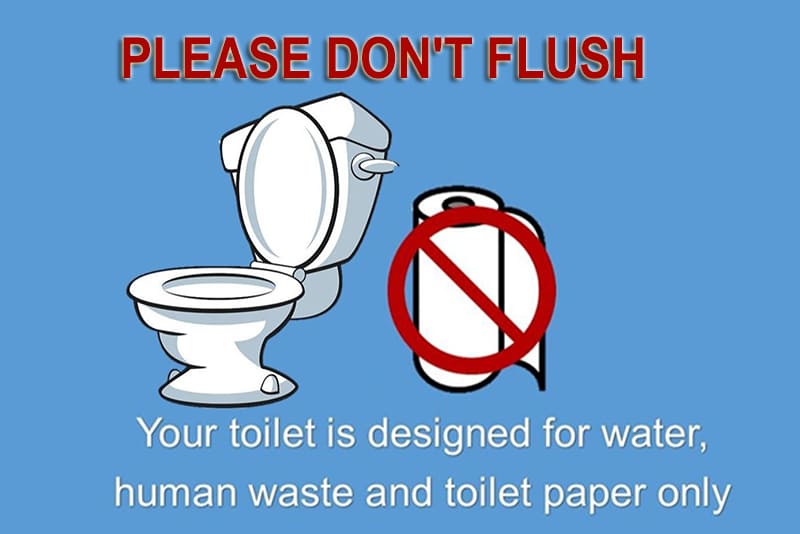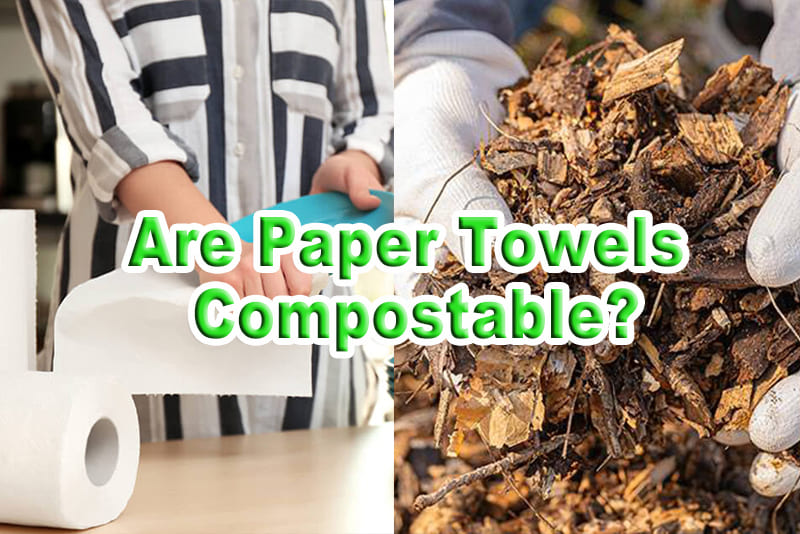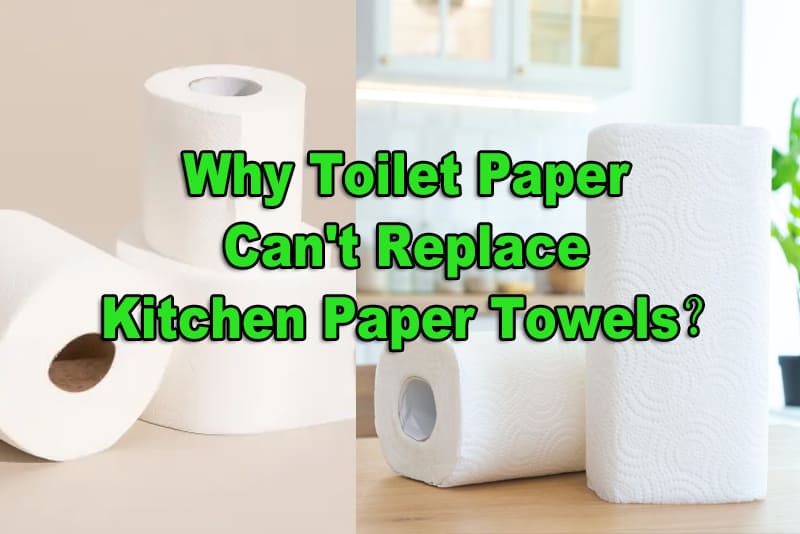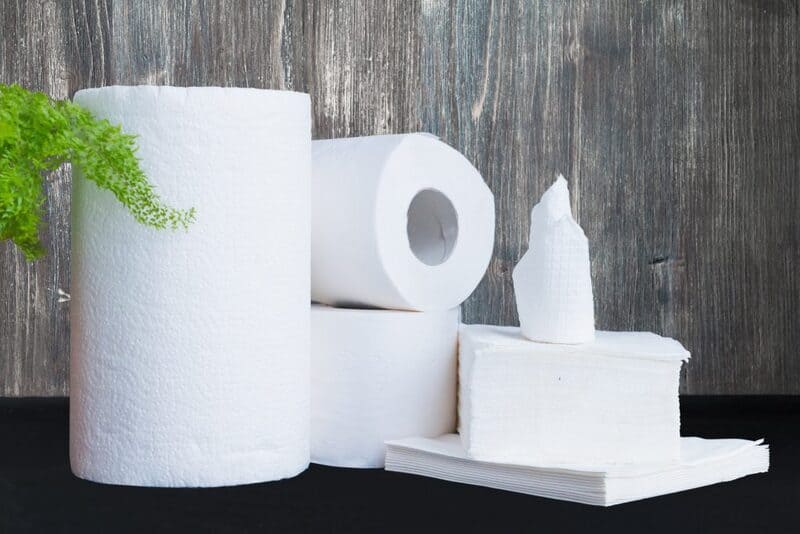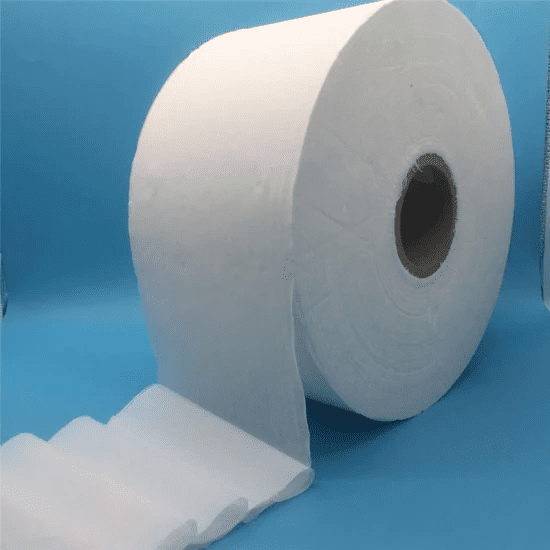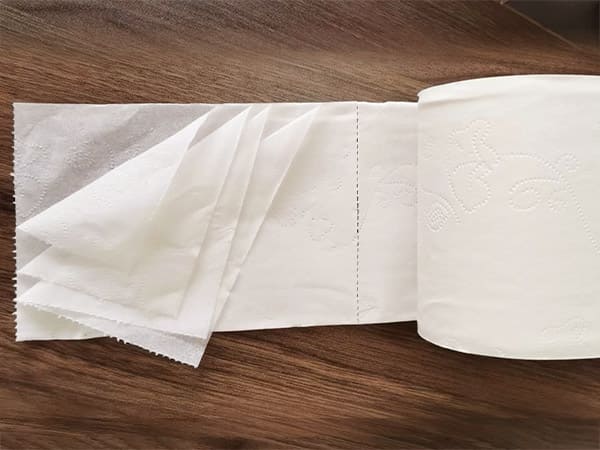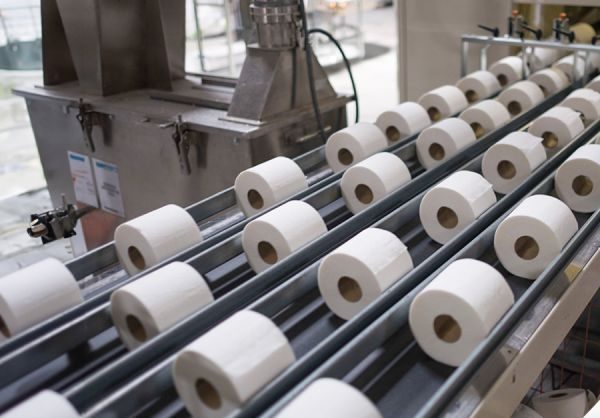What is Airlaid Paper? The Usage of Airlaid Paper in Tissue Paper Production
Introduction to Airlaid Paper
Airlaid paper, also known as dry-laid paper, is a nonwoven fabric that is produced without the use of water. This innovative material is created by bonding fibers using air, resulting in a highly absorbent and durable product. Airlaid paper is primarily composed of cellulose fibers, which can be combined with synthetic fibers for enhanced properties.

Production Process of Airlaid Paper
The production of airlaid paper involves a meticulous and innovative process that differentiates it from traditional wet-laid paper manufacturing. Here is a detailed breakdown of the steps involved:
1. Fiber Preparation
a. Raw Material Selection
- Cellulose Fibers: The primary raw material used is cellulose fibers, typically derived from wood pulp. These fibers are chosen for their natural absorbency and softness.
- Synthetic Fibers: To enhance specific properties, synthetic fibers such as polyester or polypropylene may be added.
b. Pulping and Refining
- The selected fibers are pulped and refined to achieve the desired consistency and length. This ensures that the fibers are adequately prepared for the airlaying process.
2. Fiber Distribution
a. Airlaying Machine Setup
- The airlaying machine, equipped with a series of formers and conveyors, is set up to create the airlaid web.
b. Fiber Dispersion
- The refined fibers are dispersed into an airstream. This process involves a high-velocity air blower that separates and evenly distributes the fibers.
c. Web Formation
- The dispersed fibers are directed onto a moving forming belt. As the fibers settle on the belt, they create a web with a uniform thickness and density. The airflow ensures that the fibers interlock randomly, enhancing the web’s strength and absorbency.
3. Bonding
a. Thermal Bonding
- In this method, the fiber web is passed through heated rollers or ovens. The heat activates thermoplastic binders within the fibers, causing them to melt and bond at the intersections. This method is commonly used when synthetic fibers are included.
b. Latex Bonding
- A latex emulsion is sprayed or printed onto the fiber web. The web is then dried, and the latex forms bonds between the fibers. This method provides flexibility and softness while maintaining strength.
c. Hydrogen Bonding
- This method relies on the natural bonding properties of cellulose fibers. Water is added to the fiber web, causing the cellulose fibers to swell and bond through hydrogen bonds as they dry. This method is more environmentally friendly as it avoids the use of synthetic binders.
4. Drying and Finishing
a. Drying
- The bonded web is passed through drying units to remove any remaining moisture. This step ensures that the final product has the desired dryness and stability.
b. Calendering
- The dried web is then calendered, where it is passed through a series of rollers to smooth and compress the paper. This step improves the texture and appearance of the final product.
c. Cutting and Winding
- The finished airlaid paper is cut to the desired size and wound into rolls or sheets. These rolls or sheets are then prepared for further processing or packaging.
Key Characteristics of Airlaid Paper
Airlaid paper offers several distinct characteristics:
- High Absorbency: The airlaid process creates a highly porous structure, enhancing the material’s ability to absorb liquids.
- Softness and Bulk: The paper has a soft feel and a bulky texture, making it comfortable for various applications.
- Strength and Durability: Despite its softness, airlaid paper is strong and durable, maintaining integrity even when wet.
- Versatility: It can be customized to meet specific needs by adjusting fiber composition and bonding methods.
Usage of Airlaid Paper in Tissue Paper Production
Airlaid paper is extensively used in the tissue paper industry due to its unique properties. Here are some common applications, along with examples of brand tissue products that utilize airlaid paper:
1. Toilet Tissue
Airlaid paper’s high absorbency and softness make it an excellent choice for premium toilet tissues. Its bulkiness provides a plush feel, enhancing user comfort.
Example: Charmin Ultra Soft Toilet Paper
Charmin Ultra Soft Toilet Paper uses airlaid paper technology to provide an ultra-soft and absorbent product. The plush feel and high absorbency of airlaid paper enhance the comfort and effectiveness of this premium toilet tissue. Charmin’s use of airlaid paper ensures that the toilet paper is not only soft but also strong enough to maintain integrity during use.
2. Facial Tissue
In facial tissues, airlaid paper offers superior softness and gentleness on the skin. It is ideal for products designed for sensitive skin, ensuring a gentle touch without compromising strength.
Example: Kleenex Ultra Soft Facial Tissues
Kleenex Ultra Soft Facial Tissues incorporate airlaid paper to deliver superior softness and gentleness on the skin. This makes them ideal for individuals with sensitive skin or allergies. The airlaid paper ensures that each tissue is plush and absorbent, providing a comforting touch while remaining strong enough to handle use without tearing.
3. Hand Towels
The strength and absorbency of airlaid paper make it suitable for hand towels. It effectively absorbs moisture and dries hands efficiently, making it a preferred choice in both domestic and commercial settings.
Example: VIVA Choose-A-Sheet Paper Towels
VIVA Choose-A-Sheet Paper Towels utilize airlaid paper for their high absorbency and durability. These hand towels are designed to quickly absorb moisture and dry hands efficiently. The strength of airlaid paper means that VIVA towels can handle tough cleaning tasks without disintegrating, making them suitable for both domestic and commercial use.
4. Napkins
Airlaid paper is used in the production of high-quality napkins. Its durability ensures that napkins maintain their integrity during use, while its absorbency quickly handles spills and messes.
Example: Vanity Fair Everyday Napkins
Vanity Fair Everyday Napkins use airlaid paper to offer a premium dining experience. The durability and absorbency of airlaid paper ensure that these napkins maintain their integrity during use, handling spills and messes effectively. Vanity Fair napkins combine strength with a soft, cloth-like feel, making them a popular choice for both casual meals and special occasions.
Advantages of Using Airlaid Paper
Improved Product Quality: Airlaid paper enhances the overall quality of tissue products, providing a premium feel and functionality.
Customization: Manufacturers can tailor airlaid paper to meet specific product requirements, allowing for innovation and differentiation in the market.
Environmental Benefits: The production process of airlaid paper can be more environmentally friendly compared to traditional paper-making methods, reducing water usage and chemical treatments.
Conclusion
Airlaid paper is a versatile and valuable material in the tissue paper industry. Its unique combination of absorbency, softness, and strength makes it ideal for a variety of applications, from toilet tissue to napkins. By understanding and leveraging the properties of airlaid paper, manufacturers can produce high-quality, innovative tissue products that meet diverse consumer needs.

